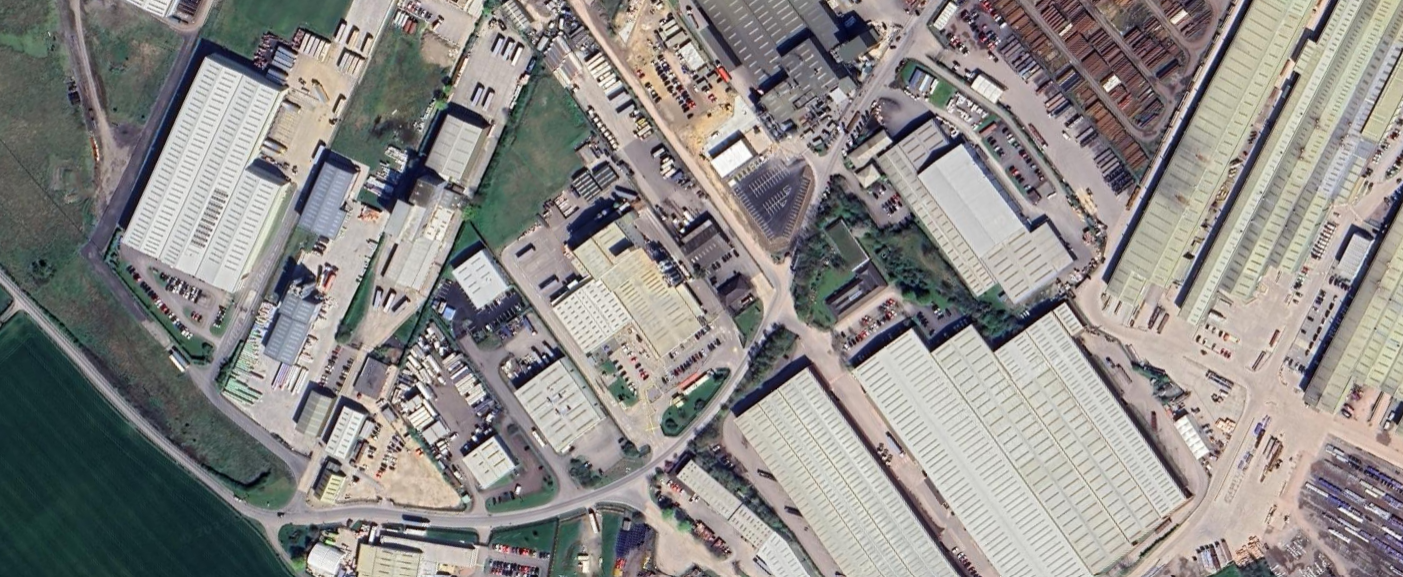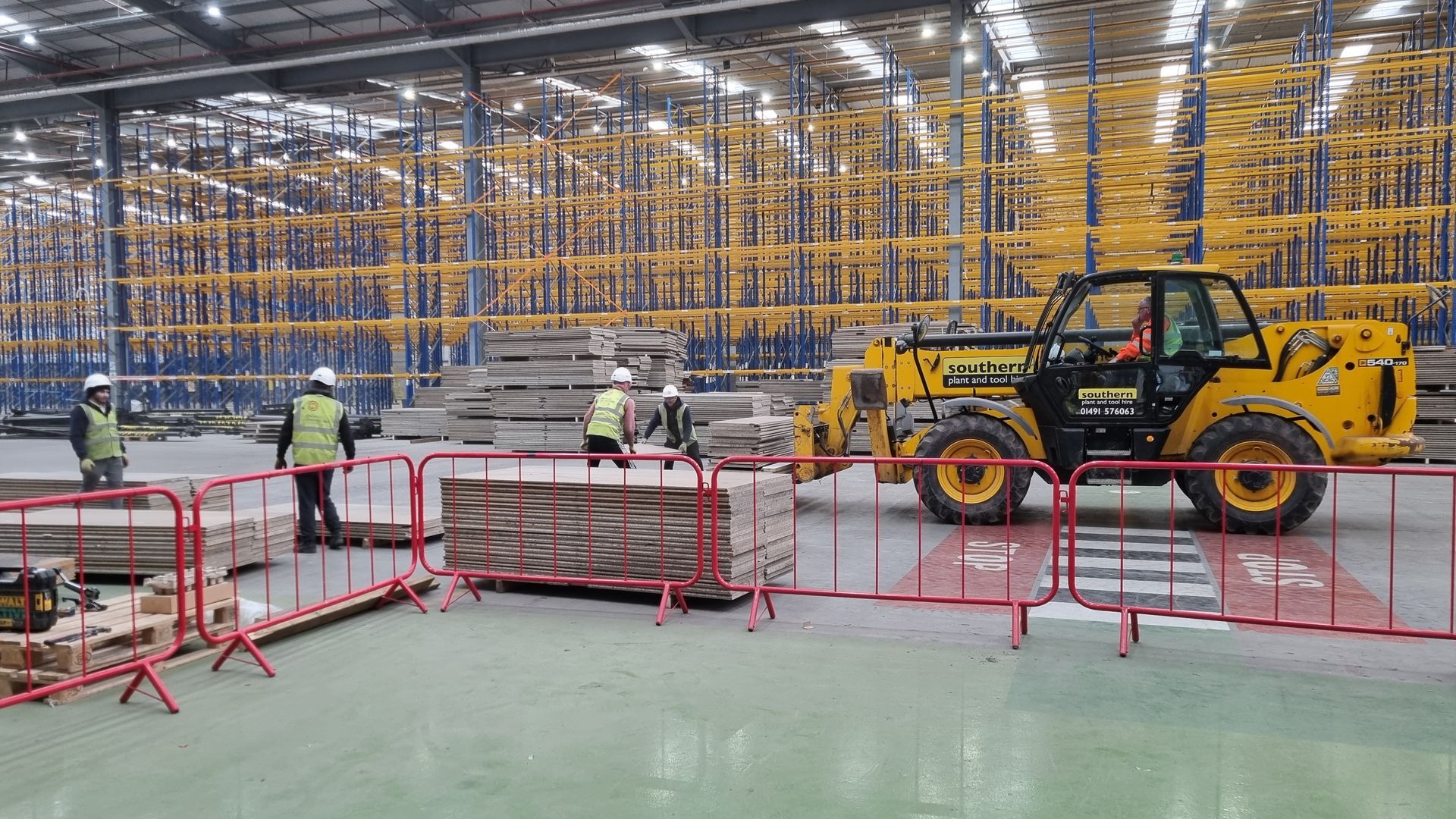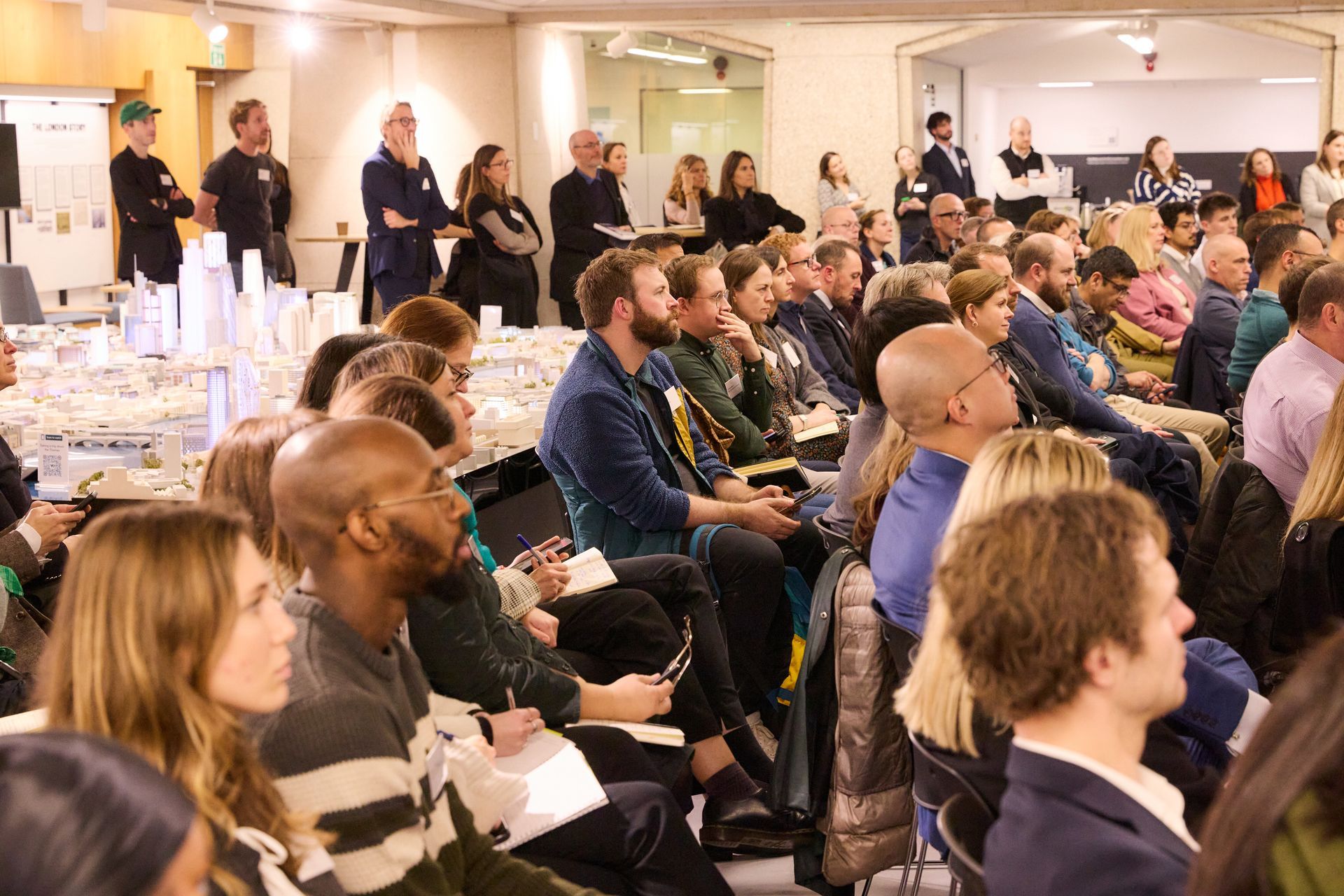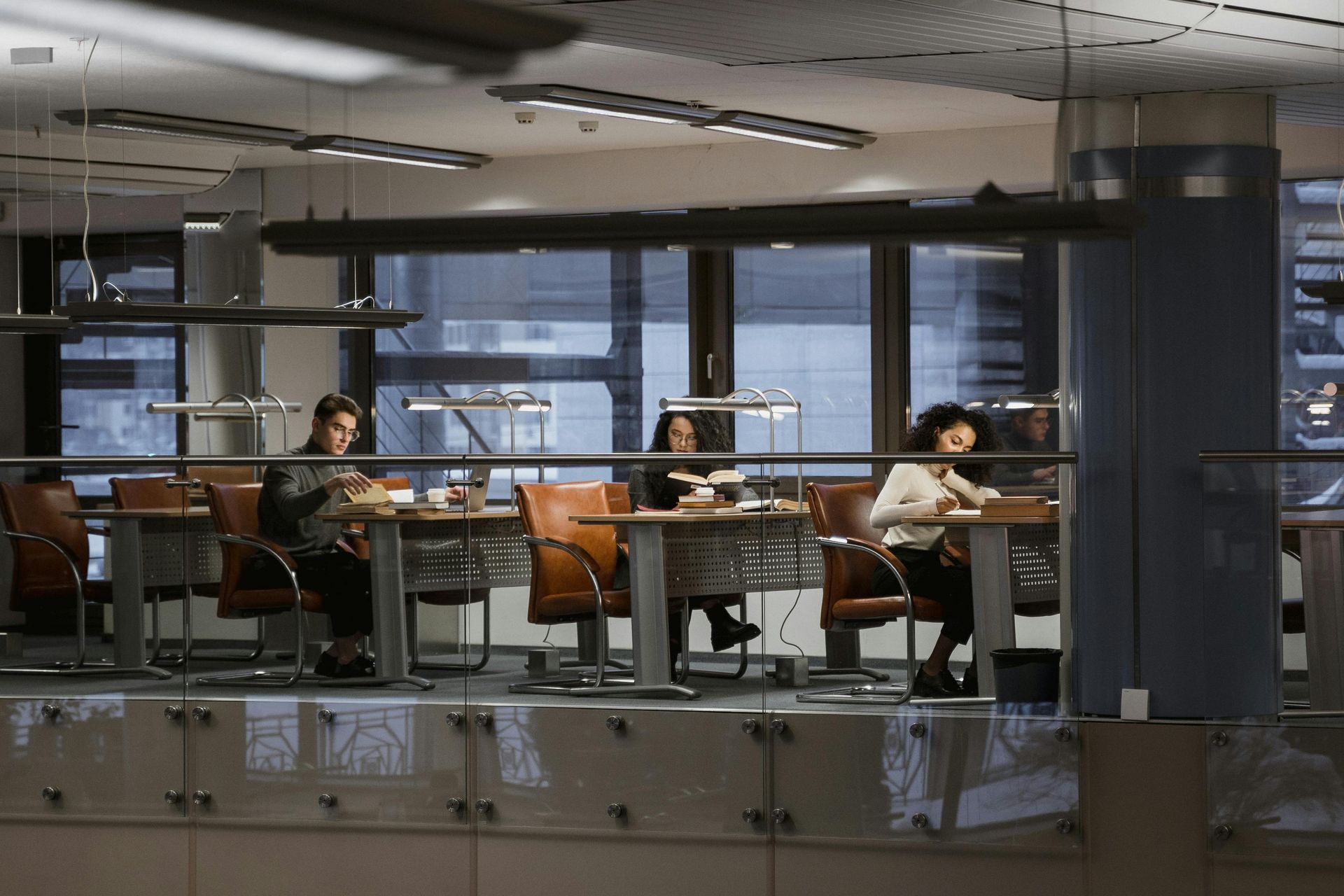Circularity and Reuse in London: 35 Lincoln’s Inn Fields
For London Climate Action Week this year we are focusing on the redevelopment of 35 Lincoln’s Inn Fields, and the circularity and reuse ambitions that are at its heart.
The building is formerly the home of the Royal College Surgeons, built shortly after the end of World War II, and is prominently located on the south side of Lincoln’s Inn Fields. It will become the Firoz Lalji Global Hub, which will be the final set-piece addition to the London School of Economics’ (LSE) central London campus.
The building’s redevelopment will include conference facilities, academic and teaching spaces, digital labs, and a 300-seat theatre. The design embraces the ethos of the new centre through a strategy of adaptive re-use that will see large parts of the existing structure retained helping make it LSE’s first net zero carbon building.
Our webinar on Tuesday 25th June will explore how the project team have addressed circularity and reuse throughout the project, from initial concept and design, through to the implementation of reuse. It will show how the client and project team have placed collaboration and innovation at the forefront, and discuss the project within the wider trends of circularity and reuse in London, driven by planning, client and stakeholder needs.
You will hear from Reusefully’s Katherine Adams and Ben Cartwright, who will explore how the initial pre-demolition audit undertaken by Reusefully helped the team understand reuse opportunities and challenges, and how items were identified for reuse. This will also show how the audit fed through to the tracking and tracing of demolition materials.
We’re delighted to be joined by Laura Burley of David Chipperfield Architects and Nastasia Bassil of BDP, who will discuss the design concept and the iterative process of working together. This will show the benefits of developing a closely collaborative relationship to ensure an approach and commitment to circularity within the project. The presentations will be followed by a panel discussion and Q&A.
You can register for the event (registration is free) here. The webinar will be held via Zoom from 11.00am-12.30pm, and a link will be sent to registered delegates 24/48hrs before the event.



Digital Meets Deconstruction : Maconda and Reusefully Unite to Drive Circular Construction in London



